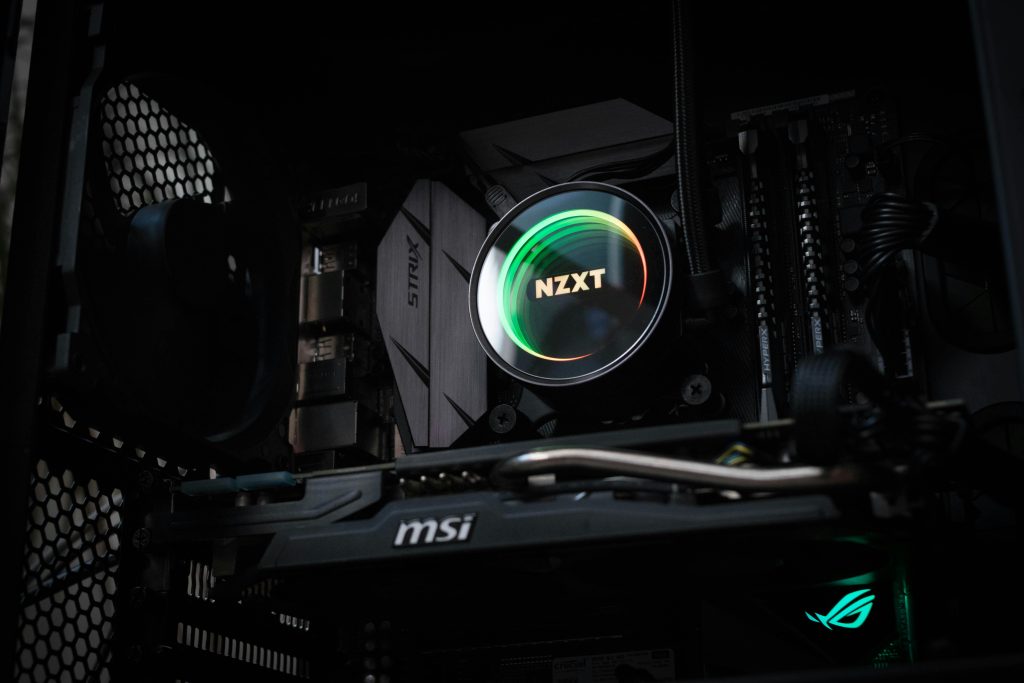Understanding Boot Priority Issues: PC Boots from HDD Only When SSD is Removed on Gigabyte Z170X-Gaming 5
If you’re experiencing boot-related problems with your PC involving an SSD and HDD configuration, you’re not alone. Many users encounter scenarios where their system refuses to boot from the HDD when the SSD is connected, yet boots perfectly when the SSD is disconnected. This article explores the common causes of such issues and offers solutions, using a specific case involving the Gigabyte Z170X-Gaming 5 motherboard as an example.
The Scenario
The user has a Gigabyte Z170X-Gaming 5 motherboard with a primary HDD containing Windows 10 and the Windows Boot Manager. They’ve recently added a new SSD, aiming to set it as the boot drive or for other storage purposes. Their observations are as follows:
-
When both the HDD and SSD are connected, the PC fails to boot from the HDD. Instead, it enters the BIOS menu, preventing the user from selecting the HDD as the primary boot device.
-
In Safe Mode, the HDD appears in the boot device list, but it doesn’t show up in the standard, regular boot order. Eventually, the HDD disappears from both boot lists.
-
Removing the SSD from the system restores normal booting from the HDD, with no issues.
Understanding the Root Cause
This behavior is commonly rooted in boot order configuration, UEFI/BIOS settings, or conflicts related to the bootloader. Some key points to consider:
-
Boot Priority Settings:
The motherboard’s boot priority or boot order might prioritize the SSD over the HDD, especially if UEFI boot entries are configured. When both drives are connected, the system may default to the SSD, or the bootloader on the SSD may override the HDD’s boot options. -
UEFI vs. Legacy Boot Modes:
Mismatch between UEFI and Legacy BIOS modes can lead to detection issues. Often, Windows installed in UEFI mode creates entries that dominate the boot process. -
Bootloader Conflicts:
The Windows Boot Manager could be installed on the SSD, which causes the BIOS to prioritize it when both drives are present, making the HDD inaccessible as a boot source without manual intervention. -
Drive Detection and Boot Entries:
The missing HDD in the regular boot order suggests that the BIOS perceives the SSD as the primary boot device, possibly due to its bootloader or boot entry configuration.
Solutions and Best Practices
To resolve
Share this content:



